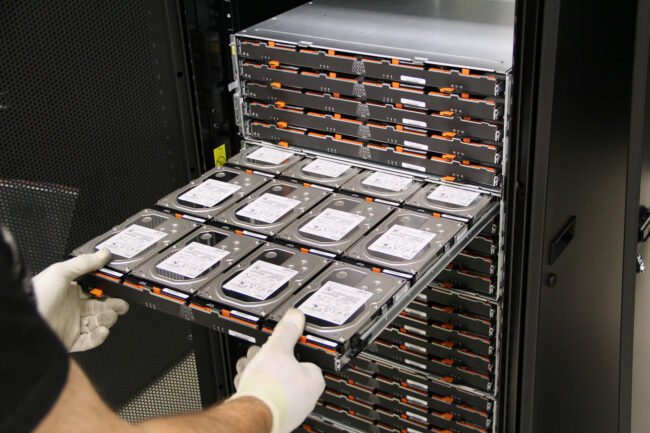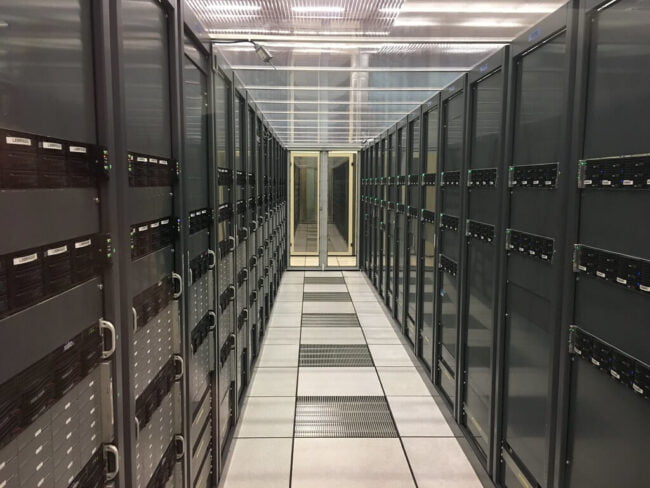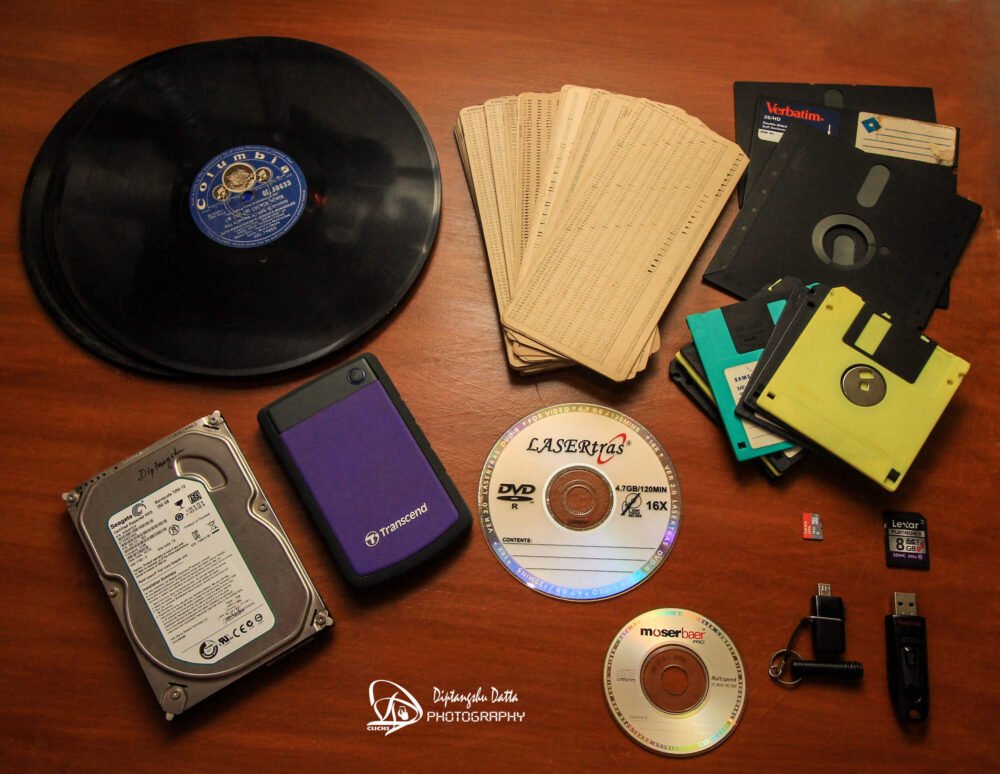The internet has evolved at a rapid pace over the last decade and the data we use it for is increasing exponentially. In this age of 'big data, how do
The internet has evolved at a rapid pace over the last decade and the data we use it for is increasing exponentially. In this age of ‘big data, how do we measure its size? How much data is generated on a daily basis? How much data do we generate through the internet on a daily basis? Is it possible to comprehend the sheer size of data we deal with every day?
Google was founded in 1998 and since then it has transformed the internet and has also created a massive amount of data. To mark the 19th birthday of Google, we’re taking a look at the numbers behind Google
Data is not just an asset, it is becoming an important part of our lives. As a part of our daily routine, we produce and consume data. This data needs to be stored for different purposes and also needs to be transferred from one place to another. We will be talking about what is data and how we can categorize it for different purposes.
What is data storage?
Data storage is the process of putting data on a storage device, a sort of temporary storage space for data. Data storage is important for the proper functioning of a computer. All data created on a computer is stored on some sort of data storage until it is no longer needed. Hard drives are used to store data in the form of files. A file is a collection of data. The data is stored on a hard drive in the form of bits that form binary code.
The binary code is used to store and retrieve data by a computer. Data storage has become a large industry that uses many computer parts such as hard drives, CD-ROMs, DVD-ROMs, and more. Computer data storage is used for more than just storing files. Computer data storage is also used for storing programs. Programs created for a computer are stored on a hard drive until they are needed by the computer.
Data storage is a collection of computer-related activities that involve the recording of data in a computer system in order to save it for later retrieval. There are many ways to make data storage safer and more efficient, but the key is to ensure that the data is safe from any form of corruption or damage. Data storage encompasses a wide range of activities and technologies, from the simple process of saving a document to the complicated structure of a database.

The biggest unit of information is a ‘yottabyte’.
A yottabyte is actually a little more than a trillion terabytes. In the 1990s, your standard computer hard drive held about 10 gigabytes. Now, even a basic phone or tablet has a hard drive that can hold up to 100 gigabytes of data. This means that a yottabyte is equal to 1 trillion terabytes, or 1 million billion gigabytes. The human brain can hold around 2.5 petabytes of information, and even a relatively simple computer mouse can hold about 60 kilobytes of data. Another way to describe a yottabyte of data is about 100,000 years of high-definition video.
The biggest unit of information is a yottabyte, which is equivalent to a thousand exabytes. That’s a thousand billion gigabytes! This is a big number! Let’s put that into perspective. A billion gigabytes (one gigabyte is equal to 1000 megabytes) is roughly equal to a stack of printed books about 1,000 miles high. A yottabyte is a thousand times bigger than that! A yottabyte is equivalent to a thousand zettabytes (1 zettabyte = 1000 exabytes). That’s a thousand billion terabytes (1 terabyte = 1000 gigabytes)! A yottabyte is a lot of information and that’s a lot of zeros. To illustrate this, I’ll show you how many zeros there are in a yottabyte.
What is the future of data storage?
Data storage is a rapidly growing industry. The need to store data is as old as the need to record information, but with the advent of the internet and the ever-increasing amount of data that needs to be stored, the need to store data is growing at an alarming rate. Cloud storage is the most widely used method of storing data for most enterprises and consumers, and the future of data storage is cloud storage. Cloud storage is simply the concept of storing data on a remote server that is run by a company or organization. Cloud storage has become the most widely used storage option for most enterprises, and for good reason. Cloud storage is reliable and accessible and it reduces costs.
The future of data storage is very interesting and involves some of the most complex and advanced technology on the planet. Here are some of the most notable and interesting advances in data storage technology that are predicted for the future. Magnetic Storage: This is the most common and oldest type of storage technology. It has been around since the early days of computing. The technology includes magnetic tapes and disks. In today’s world, technology is being used in large storage arrays and drives.

How to store data in the future?
Imagine you’re a part of a new startup company and you want to create a mobile application for people to manage their personal finances. You’re not doing this for a bank but for normal people like you and me. You have the great idea to store all the data on the blockchain. But you don’t know that much about blockchain yet, so you ask someone from the community and he tells you that blockchain is like a database but has a number of advantages over a normal database. You read some articles and you now know that blockchain is a distributed database. It means that you don’t have to worry about hosting your own database. The blockchain is hosted by a network of computers that are spread around the world. They all have a copy of the database and they all work together to create the blockchain.
Conclusion:
I/O technology of hard disk drive (HDD) devices is built upon the concept of the rotating disk and are limited by the speed of the rotating disk. The growth of data storage is not currently keeping pace with the growth of computing power. There is still plenty of room for the growth of data storage.
